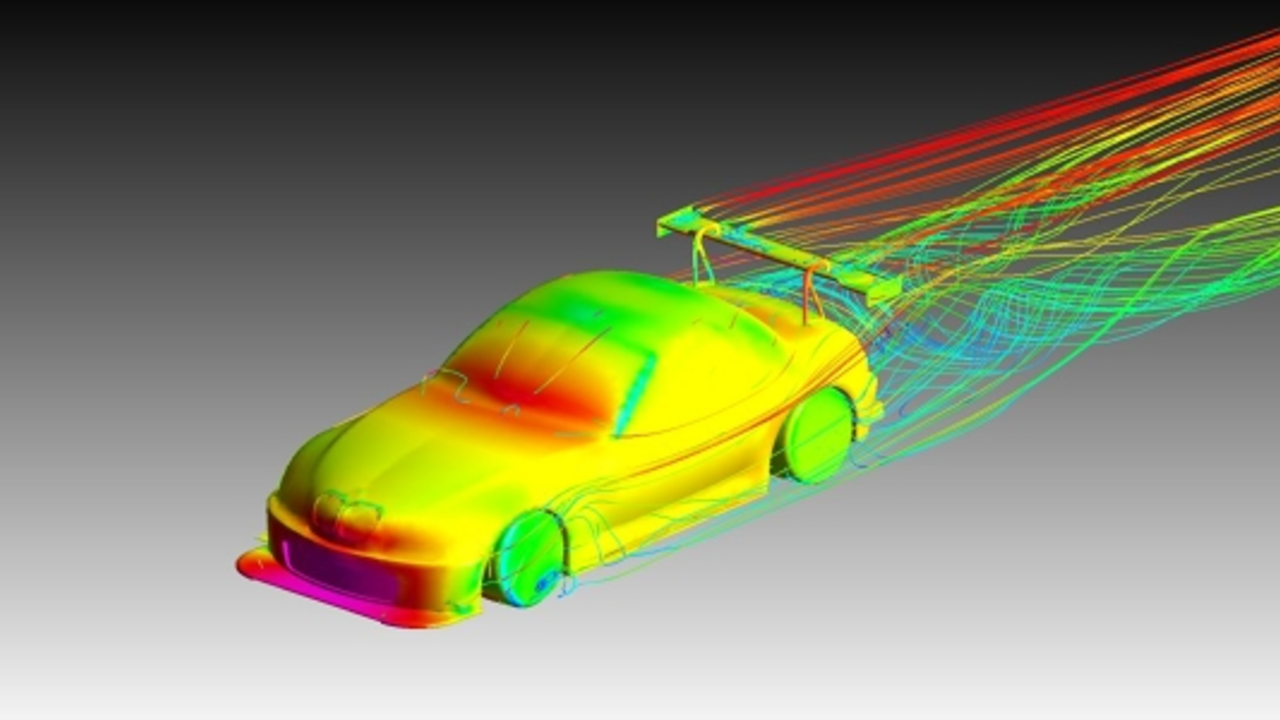Height Reduction: How to Lower Your Race Car for Faster Lap Times
Want more grip, better cornering, and a speed boost without changing the engine? Lowering the ride height—what we call height reduction—does exactly that. It brings the chassis closer to the track, improves aerodynamics, and helps the car hug the road. Below you’ll find simple steps, common pitfalls, and the parts that make a real difference.
Why Height Reduction Matters
When you drop the car a few millimetres, the front and rear wings sit lower in the airflow. That reduces drag and creates more downforce, which translates into higher cornering speeds. A lower centre of gravity also means the car leans less in turns, so the tires stay flatter on the road and lose less traction. In short, a few centimetres can shave seconds off your lap time.
Practical Ways to Reduce Height
1. **Adjust the Coilovers** – Most race cars use coilover kits that let you turn a knob to change spring preload. Turn the knob a little tighter on each corner and measure the new height. Don’t crank it all the way; start with a 5‑10 mm drop and test.
2. **Swap to Lower Springs** – If your coilovers aren’t adjustable enough, replace the springs with a shorter set. Look for springs rated for your car’s weight and intended track. A good rule is to keep the spring rate within 10‑15 % of the original to avoid harsh ride.
3. **Add Adjustable Control Arms** – Adjustable control arms let you fine‑tune camber and caster while you lower the car. This keeps the wheels pointing correctly and avoids uneven tyre wear.
4. **Use Lightweight Wheels** – Lighter rims reduce unsprung weight, which lets the suspension settle lower without sacrificing handling. Choose wheels that fit your brake calipers and meet the series’ speed rating.
5. **Check the Stiffness of Anti‑Roll Bars** – A stiffer anti‑roll bar reduces body roll, letting you keep a lower ride height without the car feeling twitchy. Adjust the bar gradually and feel the difference on a test run.
6. **Monitor Ride Height on the Track** – Use a laser height gauge or the car’s data logger to see how much the car settles under load. If the ride drops too much when cornering, you may have gone too low, which can cause bottoming‑out.
**Common Mistakes** – Going too low can cause the chassis to scrape the track, damaging the undertray and hurting aerodynamics. Also, an overly stiff suspension can make the car jump over bumps, reducing tyre contact. Balance is key: aim for the lowest safe height that keeps the car stable.
**Maintenance Tips** – After each race, inspect the suspension mounts for cracks, check the bolts on the coilovers, and re‑measure ride height. Temperature changes can affect spring rates, so a quick check before each session keeps you consistent.
By following these steps and avoiding the typical pitfalls, you’ll get a tighter, faster car that feels planted in every corner. Height reduction isn’t a magic bullet, but when paired with good tyre pressure, proper alignment, and a well‑tuned engine, it’s a cheap and effective way to boost performance.

Why is the height of a racing car kept small?
In the world of racing, a car's height is kept low for several crucial reasons. The key reason is to lower the vehicle's center of gravity, improving stability and handling at high speeds. A shorter height also reduces the car's surface area, minimizing air resistance, leading to better speed and fuel efficiency. Lastly, a low-slung design prevents the car from tipping over during sharp turns, enhancing safety. So, there you have it, a quick dive into why racing cars are so close to the ground!
- Sports (5)
- Entertainment (4)
- Sports & Recreation (3)
- Motorsport (2)
- Automotive Racing (1)
- Free Computer Games (1)
- Drag Racing Tips and Strategies (1)
- Biography Websites (1)
- Gaming and Racing Simulation (1)
- Automotive & Racing (1)
-
Chivas and Cruz Azul Stalemate 0-0 in Dramatic Quarterfinal Draw
29 Nov 2025 -
Aroldis Chapman's PitchCom Revival Powers Red Sox Bullpen
1 Oct 2025 -
As an Indian how can I join in a formula 1 racing team?
8 Feb 2023 -
Can virtual racing replace real racing one day?
5 Feb 2023 -
Tim Gaffner?
16 Feb 2023
20.07.23
Caden Lockhart
0